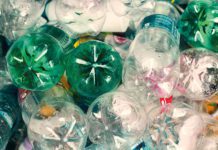Deposit return has split opinions among trade groups, big producers and on an individual basis, but polling seems to suggest it’s pretty popular with the public. With the Scottish Government now committed to introducing a returns scheme Scottish Grocer joined some top retailers as they headed out to Tallinn, Estonia, for some hands-on experience with DRS
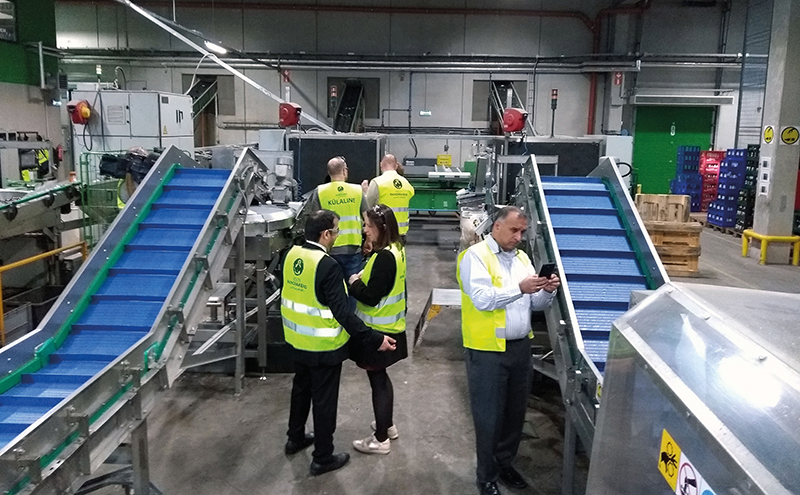
WHEN the First Minister stood up in the Scottish Parliament last September and announced that the government would introduce a deposit return scheme (DRS) for Scotland, there’s no doubt that jaws hit the floor in stores across the country.
The objections and questions were quick to appear. Who will pay for this system? Will small retailers be exempt? Won’t this drive footfall to larger stores? What about kerb-side recycling? Who will administer the system? What about fraud?
Debates have been raging on ever since, with DRS a hot topic in stores, on social media and at the Scottish Parliament – but answers for retailers haven’t always been so readily available.
That’s why East Lothian retailer Ferhan Ashiq and NFRN representative and retailer Mo Razzaq, along with Scottish Grocer and other media outlets, joined campaign group Have You Got The Bottle on a trip to Estonia to get some experience of DRS first hand.
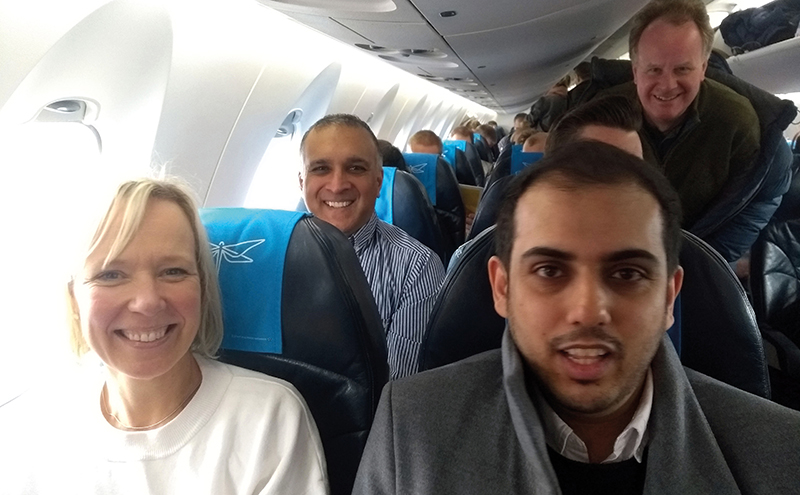
Over three days in the Baltic nation’s capital of Tallinn, Ferhan and Mo embarked on a packed itinerary of DRS related activities.
First stop for the retailers was an underground car park serving one of Tallinn’s many large multiples, a common place for Estonians to bring their bottles and the kind of footfall magnet that’s had some c-store retailers worried.
While hardly an ideal solution for Scottish c-stores, the underground car park did offer the first glimpse of an Estonian DRS machine, which is an undeniably impressive piece of kit.
The return process itself couldn’t be simpler. Bottles are inserted bottom end first, once all bottles are entered the customer pushes a button and payment is issued.
The machine has infrared scanners and it’s able to reject bottles which have been sold outside the system thanks to anti-counterfeit labelling.
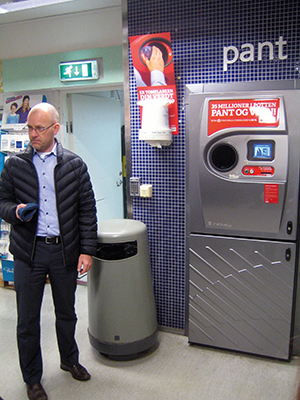
The machines aren’t cash loaded either, instead they pay back deposits either in the form of a receipt which can be redeemed in-store, or customers can choose to donate their deposit to a good cause.
It’s a straightforward process for consumers, but that’s never really been the concern. What did raise questions for Ferhan and Mo was the scale of the car park collection site as neither retailer could accommodate a machine half the size of those on display.
And what actually happens to returned packs?
By way of an answer, the Have You Got The Bottle team scheduled a visit to Eesti Pandipakend, the non-profit private sector firm which runs Estonia’s DRS system.
Operating since Estonia introduced DRS in 2005, Eesti Pandipakend’s processing centre in Tallinn is where every returned pack in the country ends up before being sold on to private sector recycling centres.
And the firm’s chief executive Rauno Raal, definitely speaks the language of retail.
“It’s money talks and everything else walks,” said Rauno by way of an introduction to the Eesti Pandipakend operation.
That money is in the recyclable material collected through deposit return. At Eesti Pandipakend, glass, clear plastic and coloured plastic are all sorted and there’s real money to be made according to Rauno.
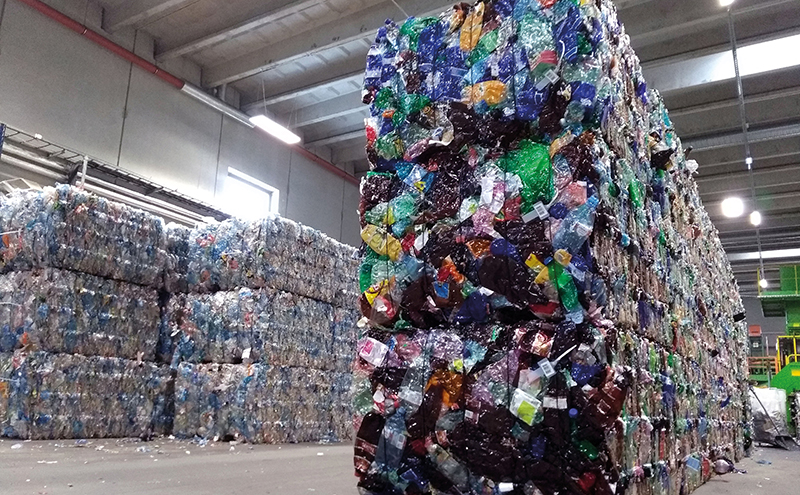
He said that while income from returned glass isn’t great, clear plastic can fetch €470 per tonne and coloured €250, with much of the plastic sorted in Tallinn being sold on to firms in the UK – although Rauno isn’t concerned about Scottish DRS harming his revenues.
“There is always demand for quality materials, we’re not worried about it,” he said.
There’s government pressure through the laws but there is no government involvement which makes it efficient for the producers and for the retailers. – Rauno Raal
Demand may be high, but where does all that money go? The short answer is straight back into the system, as Eesti Pandipakend has been set up in such a way that while it runs without government interference, it’s not able to pay dividends to its owners either, although retailers do receive a handling fee.
Rauno explained: “We work as a non-profit organisation and we have four different associations. 25% is owned by the Estonian retailers association and 75% is different producer organisations like brewers, importers etc.
“There’s government pressure through the laws but there is no government involvement which makes it efficient for the producers and for the retailers.
“If we make a profit, by law nobody can take it out. The non-profit system is very important otherwise you’ll have a system for one or two years and then forget about it, someone could just make money and play the system.”
After visiting with Eesti Pandipakend, it was back on the road with more stores to visit. However, while the two countries have many things in common the retail market in Estonia is a bit more consolidated than in Scotland, which made finding a true convenience store tricky.
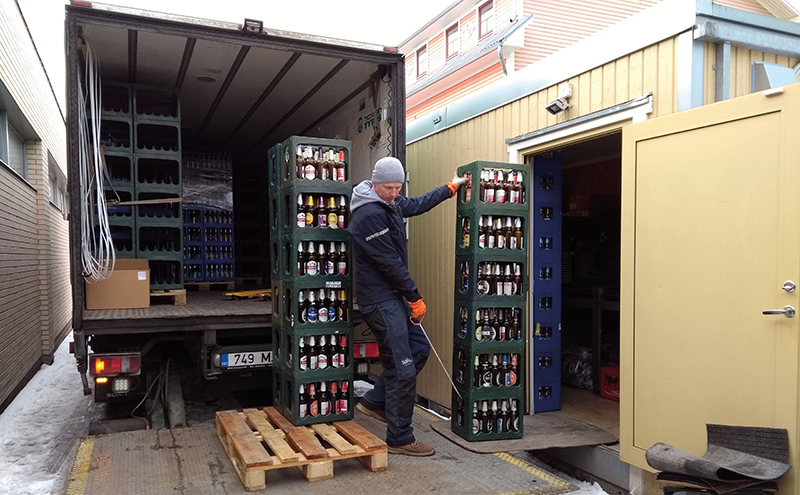
This meant that all the machines visited on the trip were simply too large for either Ferhan or Mo to consider putting into their store, however Mo himself said he had seen examples of smaller return vending machines and Have You Got The Bottle team member James Mackenzie highlighted some examples he had seen in Norway.
Produced by Tomra, one of the major manufacturers also supplying the Estonian DRS system, Norwegian machines are a bit closer to what retailers in Scotland might hope for.
For example, a Tomra Uno Promo machine stands 1.86m high, 80cm wide and 68cm deep and has storage capacity for around 250 cans (330ml) or 175 PET bottles (500ml).
Concerns over machine size not-entirely assuaged, both Ferhan and Mo were still left with some questions over how DRS could work in their store.
For questions on the system more generally, a visit to the Keskkonnaministeerium – the Ministry of the Environment – put the pair in front of the man most qualified to answer.
Known to some as the godfather of Estonian recycling, Peeter Eek is a former minister for the environment and continues to serve as an advisor.
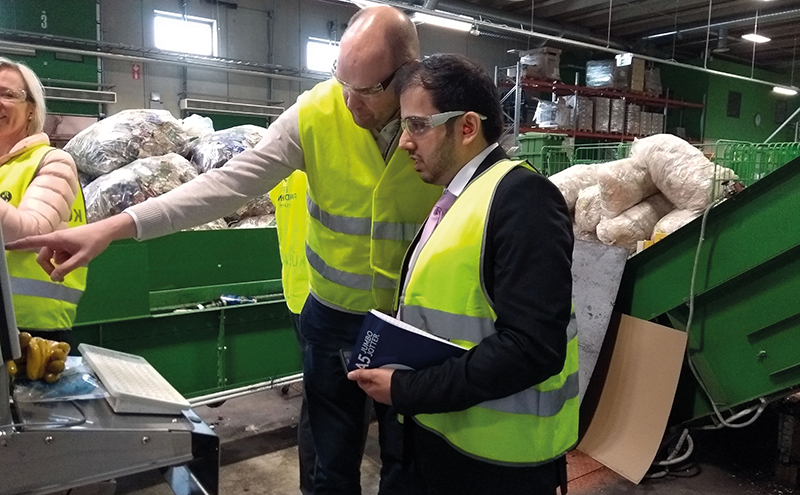
As one of the architects of Estonia’s system he’s fairly familiar with the kind of heated DRS debate that’s rumbling in Scotland at the moment, although that all seems to be water under the bridge now.
“When it was decided DRS is coming, retailers were a bit suspicious of what it would mean. They didn’t welcome it but now we have rather good cooperation with them and the issues have settled and they have seen that it is not as terrible as they may have thought at the beginning,” he said.
One of the keys to Peeter’s success with DRS in Estonia could be down to where the country has decided responsibility lies. Up until now, concern raised by retailers in Scotland has largely focused on DRS as yet another burden imposed on the industry by government – coming hot on the heels of wage and business rates hikes, auto-enrolment pensions, EU TPD 2, and much more.
However Peeter makes it clear that in his view it’s the drinks producers who are responsible for the containers they have created, and so they’re the ones that should be carrying the load.
“At the beginning there were a lot of misunderstandings and wild guesses on what DRS means,” he said.
“We tried to keep the emotional level a little bit lower in a way. I tried to say that there are a lot of issues which should be solved inside the deposit company, instead of bringing those to the table of the ministry.
“At the beginning there were a lot of issues which industry tried to bring to our table and we just said stone faced ‘why do you think it is our problem?’, and after a while they just stopped looking to us in that sense and it worked very well.
When it was decided DRS is coming, retailers were a bit suspicious of what it would mean. They didn’t welcome it but now we have rather good cooperation with them. – Peeter Eek
“At first they couldn’t easily find a common language between common interests inside the deposit system itself but later on it worked very well.
“I know that internally they have had sometimes very emotional debates obviously, understandable, because that’s always a matter with who pays, but to put it simply, retailers they will want to have higher compensation but that means the fees for the producers must raise and this is not in the interest of the producers so that means they have to find a common language.
“You can’t just deny things and say ‘you’re opinion does not interest me at all’ because that doesn’t work.”
What does interest is just how effective DRS actually is, particularly when compared to kerb-side recycling.
Figures in this area are not uncontroversial and in Scotland the answer to the question “what percentage of plastic bottles are recycled?” varies wildly depending on who you ask.
In Estonia, the Ministry for Environment’s figures suggest DRS is ahead of kerb-side collection by leaps and bounds, both in terms of quality of recyclate collected and in the overall percentage of materials that are returned.
The estimate shared by Peeter placed DRS collection rate at somehwere between 80-95%, while kerb-side recycling was around 40-60%.
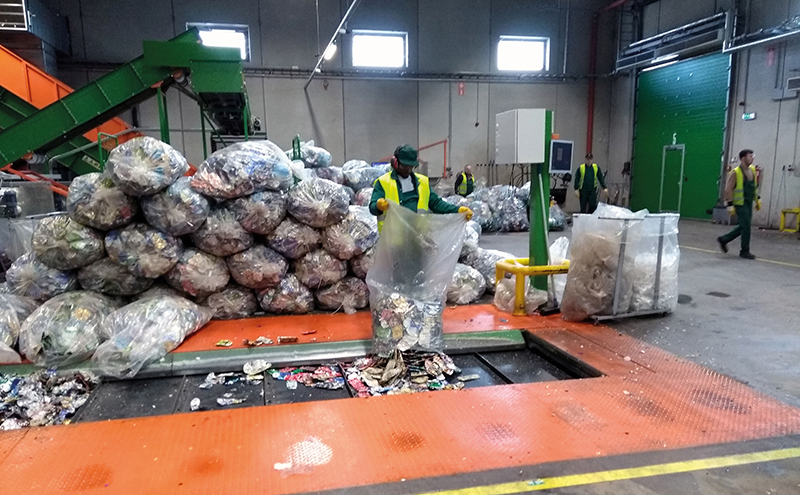
Quality, which makes the difference when it comes time to sell recyclate on, is also markedly different according to the former environment minister.
“The materials after sorting have different quality. The quality of glass that comes from kerb-side collection is very poor and that’s really a challenge to recycle. Often it goes on a path which could be labelled only as very low quality recycling. You lose it as a material, as glass.”
One final area where Peeter reckons DRS comes into its own as compared to kerb-side recycling is in litter reduction.
This claim also isn’t without controversy as no figures exist to compare litter levels before and after DRS implementation in Estonia. Although, the streets in Estonia are remarkably clean – the tour group in Estonia was ony able to find one dropped can in three days.
That could be because DRS disproportionately deals in the kind of packaging that’s most likely to end up as litter. Peeter definitely thinks it has had an impact, despite DRS only making up a small proportion of total recycling.
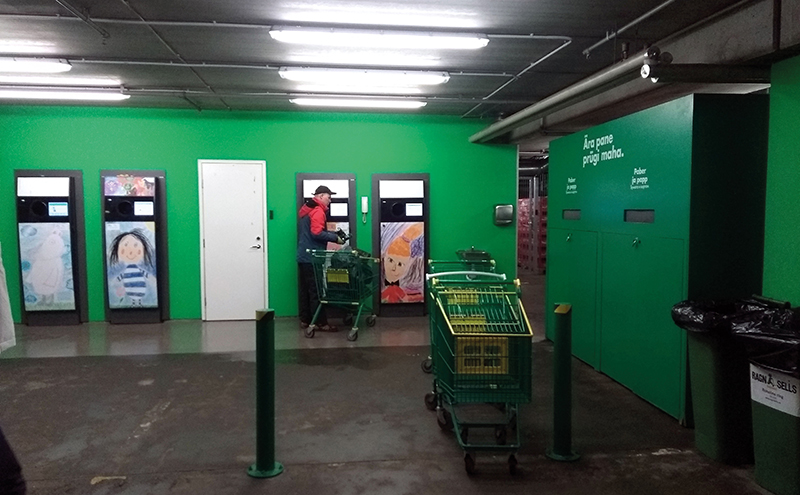
“In Estonia the deposit system is around 10% of total packaging,” he said.
“It’s not very big which is often considered an argument against the deposit system but you are achieving a lot with this 10%. This is the packaging which is a big part of the littering problem so that makes a difference.”
And while some may call him the godfather, Peeter certainly doesn’t see DRS as divine. Instead he recognises it’s the financial incentive that’s keeping Estonia’s streets clean.
“Deposit is not a miracle. There is always somebody who will just throw away and not care but it is an economic motivation and there will always be somebody picking things up,” he said.


